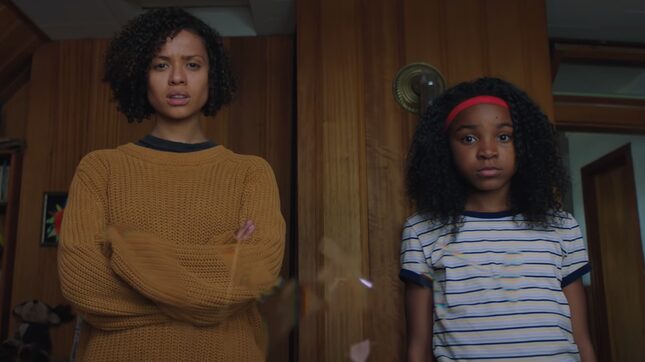
Image: Codeblack Films
As the Marvel Cinematic Universe concludes its decade-long march towards total cultural hegemony with the recent release of Avengers: Endgame, a small but ambitious new film, Fast Color, from director Julia Hart, injects new life into the superhero genre by drastically reducing the stakes and scale of its characters. Instead of massive, improbable, world-ending possibilities, here is a film that brings the focus of superpowers down to the level of the family drama, and the generational power of the stories black women keep and carry through the years.
Spoilers ahead.
Set in the dying, drought-afflicted American Midwest where water is more precious than gold, Fast Color follows Ruth (Gugu Mbatha-Raw), a wanderer and former addict whose childhood supernatural powers now manifest as powerful seizures that cause geologically impossible earthquakes. As she travels to reunite with her mother Bo (Lorainne Toussaint), she is intercepted by Bill (Christopher Denham), a government scientist who wants to obtain samples of her blood for study in the hopes of finding a solution to the ongoing environmental decay. When she escapes and rejoins her mother on their family land, she discovers that her own daughter Lila (Saniyya Sidney), now under Bo’s care, has also inherited their family’s powers, but unlike her can still see “the colors”: a personalized aurora borealis that manifests after she takes things apart and puts them back together again with her abilities.
-

-

-

-

-

-

-

-

-

-

-

-

-

-

-

-

-

-

-

-

-

-

-

-

-

-

-

-

-

-

-

-

-

-

-

-

-

-

-

-








































